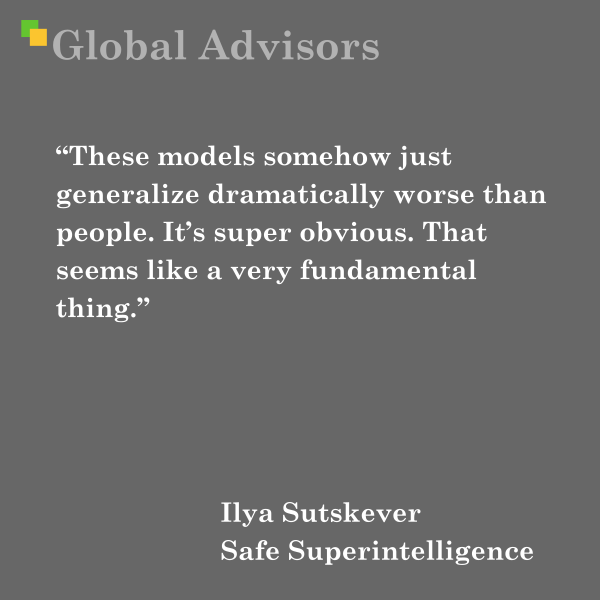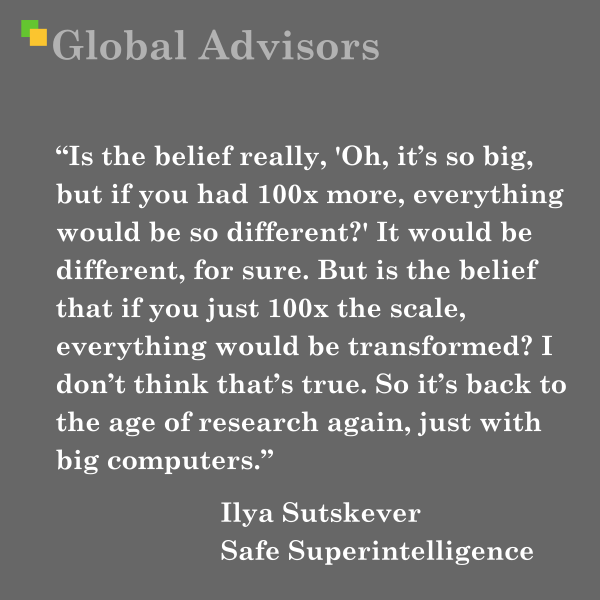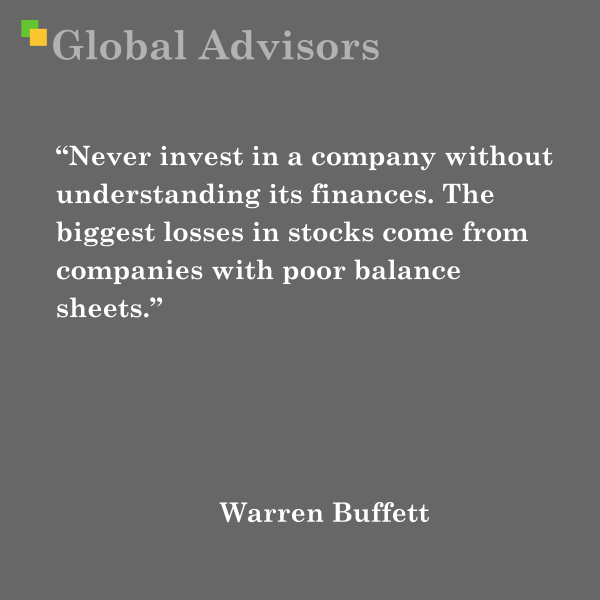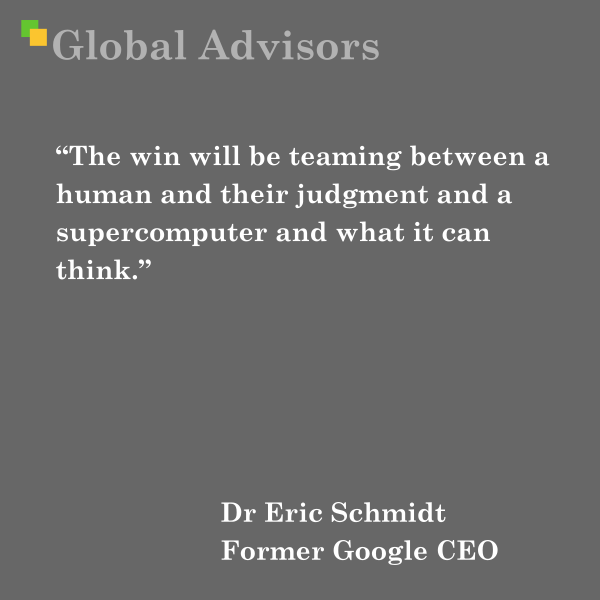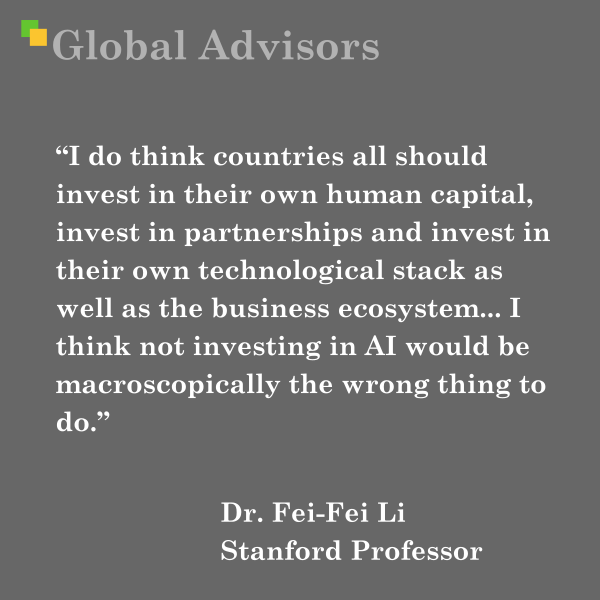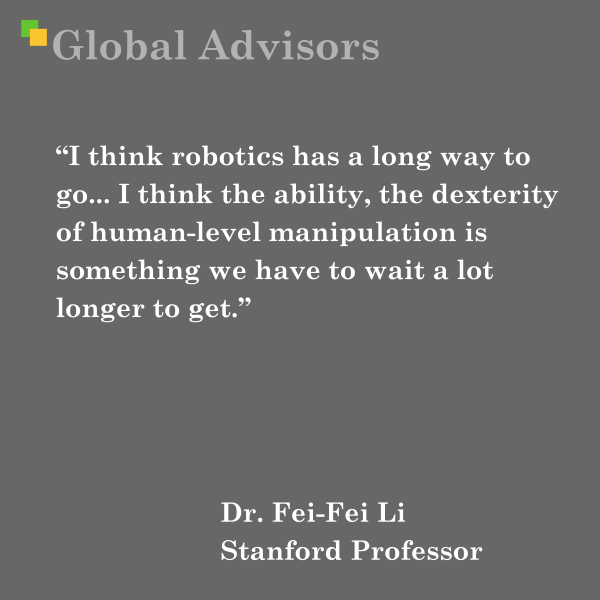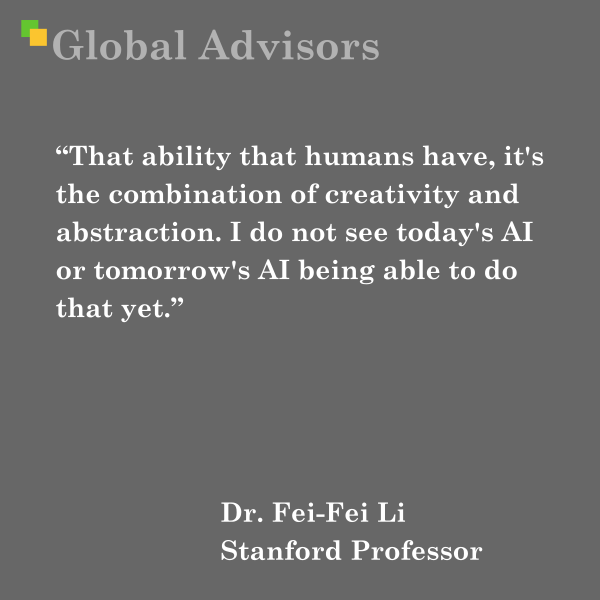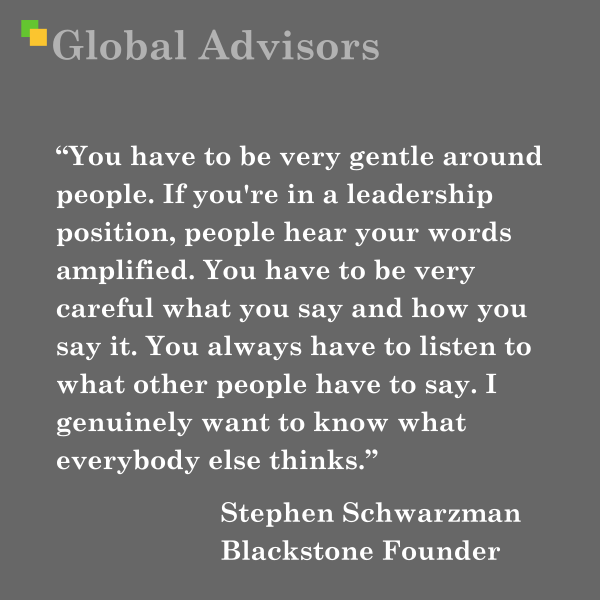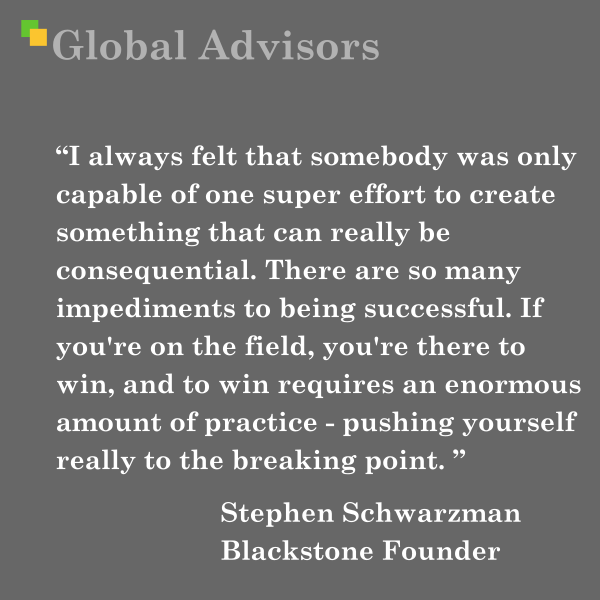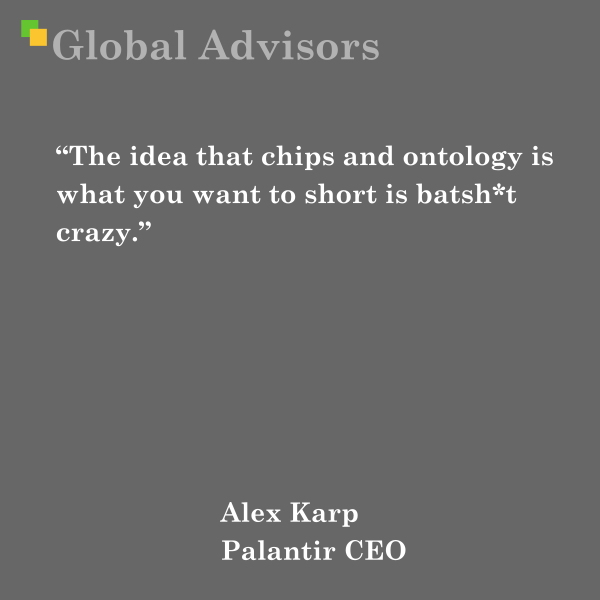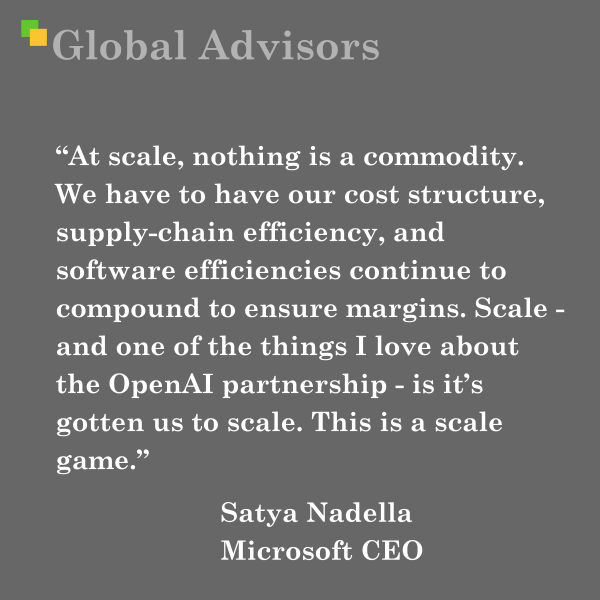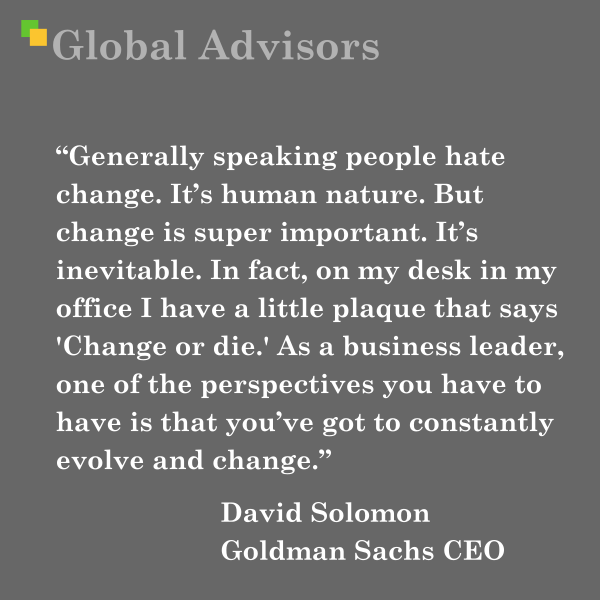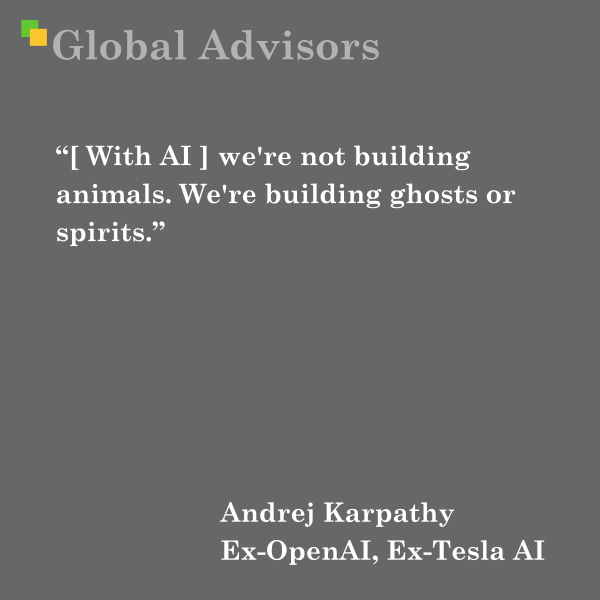“UI is pre-AI.” – Naval Ravikant – Venture Capitalist
Naval Ravikant stands as one of Silicon Valley’s most influential yet unconventional thinkers—a figure who bridges the gap between pragmatic entrepreneurship and philosophical inquiry. His observation that “UI is pre-AI” reflects a distinctive perspective on technological evolution that warrants careful examination, particularly given his track record as an early-stage investor in transformative technologies.
The Architect of Modern Startup Infrastructure
Ravikant’s influence on the technology landscape extends far beyond individual company investments. As co-founder, chairman, and former CEO of AngelList, he fundamentally altered how early-stage capital flows through the startup ecosystem. AngelList democratised access to venture funding, creating infrastructure that connected aspiring entrepreneurs with angel investors and venture capital firms on an unprecedented scale. This wasn’t merely a business achievement; it represented a structural shift in how innovation gets financed globally.
His investment portfolio reflects prescient timing and discerning judgement. Ravikant invested early in companies including Twitter, Uber, Foursquare, Postmates, Yammer, and Stack Overflow—investments that collectively generated over 70 exits and more than 10 unicorn companies. This track record positions him not as a lucky investor, but as someone with genuine pattern recognition capability regarding which technologies would matter most.
Beyond the Venture Capital Thesis
What distinguishes Ravikant from conventional venture capitalists is his deliberate rejection of the traditional founder mythology. He explicitly advocates against the “hustle mentality” that dominates startup culture, instead promoting a more holistic conception of wealth that encompasses time, freedom, and peace of mind alongside financial returns. This philosophy shapes how he evaluates opportunities and mentors founders—he considers not merely whether a business will scale, but whether it will scale without scaling stress.
His broader intellectual contributions extend through multiple channels. With more than 2.4 million followers on Twitter (X), Ravikant regularly shares aphoristic insights blending practical wisdom with Eastern philosophical traditions. His appearances on influential podcasts, particularly the Tim Ferriss Show and Joe Rogan Experience, have introduced his thinking to audiences far beyond Silicon Valley. Most notably, his “How to Get Rich (without getting lucky)” thread has become foundational reading across technology and business communities, articulating principles around leverage through code, capital, and content.
Understanding “UI is Pre-AI”
The quote “UI is pre-AI” requires interpretation within Ravikant’s broader intellectual framework and the contemporary technological landscape. The statement operates on multiple levels simultaneously.
The Literal Interpretation: User interface design and development necessarily precedes artificial intelligence implementation in most technology products. This reflects a practical observation about product development sequencing—one must typically establish how users interact with systems before embedding intelligent automation into those interactions. In this sense, the UI is the foundational layer upon which AI capabilities are subsequently layered.
The Philosophical Dimension: More provocatively, the statement suggests that how we structure human-computer interaction through interface design fundamentally shapes the possibilities for what artificial intelligence can accomplish. The interface isn’t merely a presentation layer; it represents the primary contact point between human intent and computational capability. Before AI can be genuinely useful, the interface must make that utility legible and accessible to end users.
The Investment Perspective: For Ravikant specifically, this observation carries investment implications. It suggests that companies solving user experience problems will likely remain valuable even as AI capabilities evolve, whereas companies that focus purely on algorithmic sophistication without considering user interaction may find their innovations trapped in laboratory conditions rather than deployed in markets.
The Theoretical Lineage
Ravikant’s observation sits within a longer intellectual tradition examining the relationship between interface, interaction, and technological capability.
Don Norman and Human-Centered Design: The foundational modern work on this subject emerged from Don Norman’s research at the University of California, San Diego, particularly his seminal work on design of everyday things. Norman argued that excellent product design requires intimate understanding of human cognition, perception, and behaviour. Before any technological system—intelligent or otherwise—can create value, it must accommodate human limitations and leverage human strengths through thoughtful interface design.
Douglas Engelbart and Augmentation Philosophy: Douglas Engelbart’s mid-twentieth-century work on human-computer augmentation established that technology’s primary purpose should be extending human capability rather than replacing human judgment. His thinking implied that interfaces represent the crucial bridge between human cognition and computational power. Without well-designed interfaces, the most powerful computational systems remain inert.
Alan Kay and Dynabook Vision: Alan Kay’s vision of personal computing—articulated through concepts like the Dynabook—emphasised that technology’s democratising potential depends entirely on interface accessibility. Kay recognised that computational power matters far less than whether ordinary people can productively engage with that power through intuitive interaction models.
Contemporary HCI Research: Modern human-computer interaction research builds on these foundations, examining how interface design shapes which problems users attempt to solve and how they conceptualise solutions. Researchers like Shneiderman and Plaisant have demonstrated empirically that interface design decisions have second-order effects on what users believe is possible with technology.
The Contemporary Context
Ravikant’s statement carries particular resonance in the current artificial intelligence moment. As organisations rush to integrate large language models and other AI systems into products, many commit what might be called “technology-first” errors—embedding sophisticated algorithms into user experiences that haven’t been thoughtfully designed to accommodate them.
Meaningful user interface design for AI-powered systems requires addressing distinct challenges: How do users understand what an AI system can and cannot do? How is uncertainty communicated? How are edge cases handled? What happens when the AI makes errors? These questions cannot be answered through better algorithms alone; they require interface innovation.
Ravikant’s observation thus functions as a corrective to the current technological moment. It suggests that the companies genuinely transforming industries through artificial intelligence will likely be those that simultaneously innovate in both algorithmic capability and user interface design. The interface becomes pre-AI not merely chronologically but causally—shaping what artificial intelligence can accomplish in practice rather than merely in principle.
Investment Philosophy Integration
This observation aligns with Ravikant’s broader investment thesis emphasising leverage and scalability. An excellent user interface represents exactly this kind of leverage—it scales human attention and human decision-making without requiring proportional increases in effort or resources. Similarly, artificial intelligence scaled through well-designed interfaces amplifies this effect, allowing individual users or organisations to accomplish work that previously required teams.
Ravikant’s focus on investments at seed and Series A stages across media, content, cloud infrastructure, and AI reflects implicit confidence that the foundational layer of how humans interact with technology remains unsettled terrain. Rather than assuming interface design has been solved, he appears to recognise that each new technological capability—whether cloud infrastructure or artificial intelligence—creates new design challenges and opportunities.
The quote ultimately encapsulates a distinctive investment perspective: that attention to human interaction, to aesthetics, to usability, represents not secondary ornamentation but primary technological strategy. In an era of intense focus on algorithmic sophistication, Ravikant reminds us that the interface through which those algorithms engage with human needs and human judgment represents the true frontier of technological value creation.





